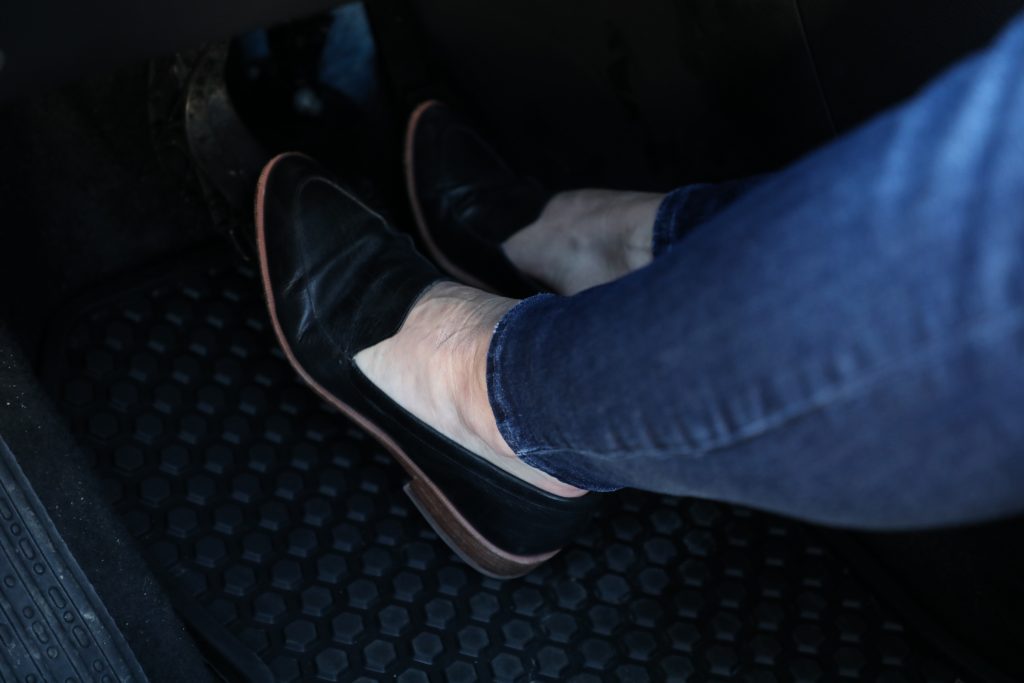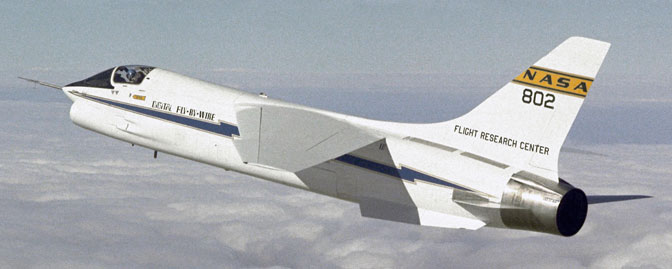On May 25, 1972, NASA research pilot Gary Krier changed the course of automotive history when he lifted off the runway at what is now the Armstrong Flight Research Center, in southern California.
Today, the legacy of his flight is present in every new vehicle, on every showroom floor, of every FCA dealership.
The F-8C Crusader under Krier’s command had been radically modified. Gone were the aircraft’s mechanicals, replaced by an electronic interface that sent signals from the cockpit controls to its flaps and rudders.
It was the first live test of digital “by-wire” technology, which today is an aviation industry mainstay.
Fast forward to 2003, when the first vehicles in FCA’s storied history rolled off the assembly line equipped with brake-throttle override – a by-wire technology enabled by electronic throttle control (ETC).

Brake-throttle override is a feature that enables a driver to stop a vehicle in the unlikely event that its accelerator pedal becomes stuck.
Should this happen, the driver need only brake – and continue braking. ETC will then close the throttle, which cuts propulsion while leaving engine idling, so the driver may bring the vehicle to a safe stop.
This novel technology is not mandated, but the pending launch of the 2021 lineup will mark 10 years since brake-throttle override became standard equipment on all FCA vehicles.




